The Noxious Social Media
Fri, 10 Jun 2022 | Reading Time: 4 minutes
As we all know that social media has become an important part of our life nowadays, not only this but it has also replaced the conventional means of interactions amongst the society. Social media platforms are flooded with fake news, hate speech and other negative elements. They are being accused of manipulating views and opinions. Moreover owners of these platforms are found selling precious data. Several countries have come up with laws in the past few months to regulate powerful social media companies. Social media platforms have effectively supplanted traditional information networks in India. The relationship between online content, traditional media and political networks is so strong that the messages are propagated effectively to even those who are not yet online. Many times, false information, intentionally or unintentionally, gets transferred through social media that manipulates the beliefs of the people towards a particular community, the government or some ongoing issue.
India has primarily focused on controlling social media platforms through legalistic instruments and threats of criminal liabilities.
Some other negative impacts of social media on the youth and the society
1. Mental Health problems: Studies have found close links between social media usage and teen depression. As per a study, youth with moderate to severe depressive symptoms were nearly twice as likely to use social media almost constantly. Teenagers on social media spend much of their time observing the lives and images of their peers. This leads to constant comparisons, which can damage self-esteem and body image, exacerbating depression and anxiety among adolescents.
2. Opacity of Social Media Platforms: Social media platforms are increasingly becoming the primary ground for public discourse over which a handful of individuals have inordinate control. One of the biggest hurdles in being able to curb misinformation is the lack of transparency by social media platforms. Even when platforms have disclosed certain kinds of information, the data is often not presented in a manner that facilitates easy analysis.
3. Physical Health problems: Over usage of social media has resulted in less time being spent on doing healthy, real-world activities. sleep deprivation due to staying up late to continue scrolling through their social media feeds, a habit known as vamping.
4. Social Relations: Adolescence is a key time for developing social skills. However, as teens spend less time with their friends face-to-face, they have fewer opportunities to practice them.
5. Weaponization of False Information: Social media platforms have adopted design choices that have led to a mainstreaming of misinformation while allowing themselves to be weaponized by powerful vested interests for political and commercial benefit. The consequent free flow of disinformation, hate and targeted intimidation has led to real-world harm and degradation of democracy in India. Misinformation spread through social media applications has been linked to minority hate, entrenched social polarization, vaccine hesitancy, and real-life violence.
6. Tech Addiction: Scientists have found that teen social media overuse creates a stimulation pattern similar to the pattern created by other addictive behaviors.
7. Cyberbullying or Trolling: It has posed serious problems and has even led to cases of teenage suicides. Moreover, even teens who commit acts of cyberbullying are more likely to report substance use, aggression, and delinquent behaviors.
8. Online Child Sex Abuse and Exploitation: A study in USA found that nearly half of all American children surveyed indicate that they have been made to feel uncomfortable, been bullied, or had an interaction of a sexual nature while online. In another study, it was found that over 50 percent of the victims of online sexual exploitation are between the ages of 12 and 15.
Actions to be undertaken
1. Law to Facilitate Transparency: A meaningful framework to combat disinformation at scale must be built on the understanding that it is a political problem. Transparency and regulation need to be brought to bring governance of speech within the ambit of the democratic process. It is important to bring a comprehensive transparency law to compel relevant disclosures by platforms to facilitate action by a wider group of stakeholders. Such a law should include safeguards for user privacy since platforms are a repository of the private information of citizens.
2. Creating a Regulatory Body: Bringing governance of speech under State purview is fraught with risks to free speech. It is, thus, proposed to constitute a regulator with statutory powers to lay out broad processes for governance of speech, set transparency standards and audit platforms for compliance; and advisory powers to develop perspective on key misinformation themes especially those with public policy implications. Such a body should be answerable to Parliament and not the Executive. Such a model will increase democratic contest by moving contested speech issues into the political sphere and facilitate transparency of powerful technology platforms.
3. Safeguards for inappropriate content: Platforms should be prohibited from recommending or amplifying certain content involving sexual, violent, or other adult material, including gambling or other dangerous, abusive, exploitative, or wholly commercial content. Standards of Ethical Design: These standards will set forth principles for tech companies to prevent, avoid, and discourage digital distraction and prioritize ethical human learning.
4. Digital Media Literacy among Children: A strategy that has not received sufficient attention in India is digital media literacy to the citizens, especially school children, to equip them with skills to steer through the information they receive. Hence, technological interventions to tackle misinformation should be complemented with human-centered solutions focused on digital media literacy. Social media platforms should take initiatives in this regard and promote digital media literacy.
Conclusion
The effects of digital technology on youth and the society are important because these effects will color their adult behavior and the way future societies will behave. In short surely social media has both advantages and disadvantages. But, it all depends on the user at the end. The youth must particularly create a balance between social media and their life. Excess use of anything is harmful and the same thing applies to social media.
Disclaimer
The opinions expressed in this article are the author’s own and do not reflect the views of Chanakya Forum. All information provided in this article including timeliness, completeness, accuracy, suitability or validity of information referenced therein, is the sole responsibility of the author. www.chanakyaforum.com does not assume any responsibility for the same.
Chanakya Forum is now on . Click here to join our channel (@ChanakyaForum) and stay updated with the latest headlines and articles.
Important
We work round the clock to bring you the finest articles and updates from around the world. There is a team that works tirelessly to ensure that you have a seamless reading experience. But all this costs money. Please support us so that we keep doing what we do best. Happy Reading
Support Us




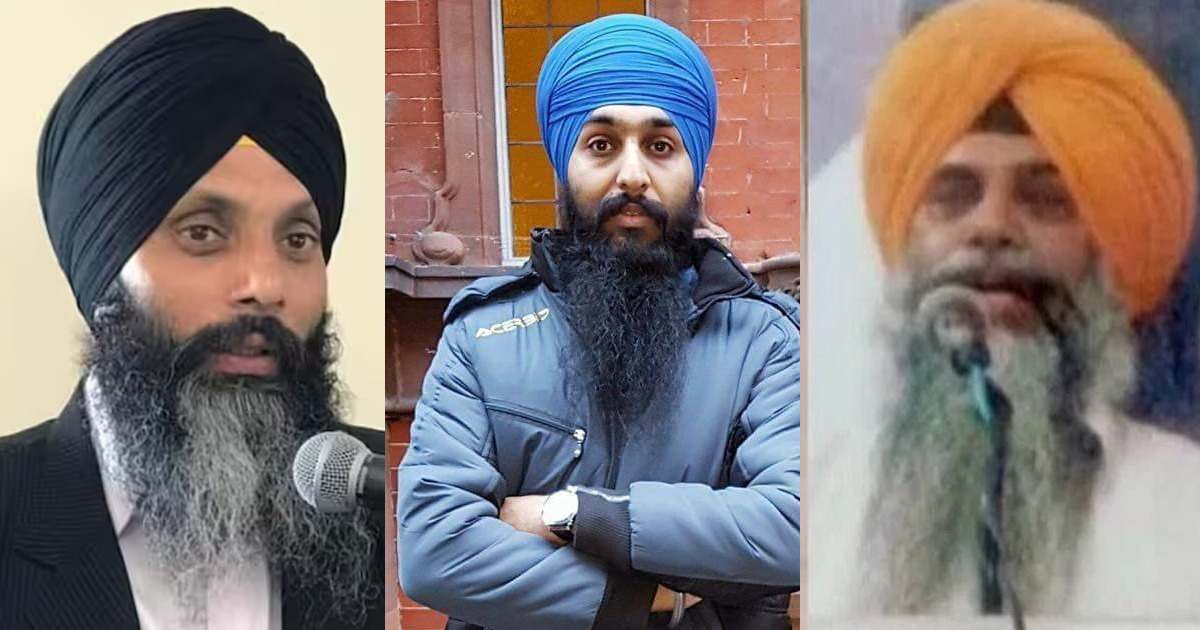
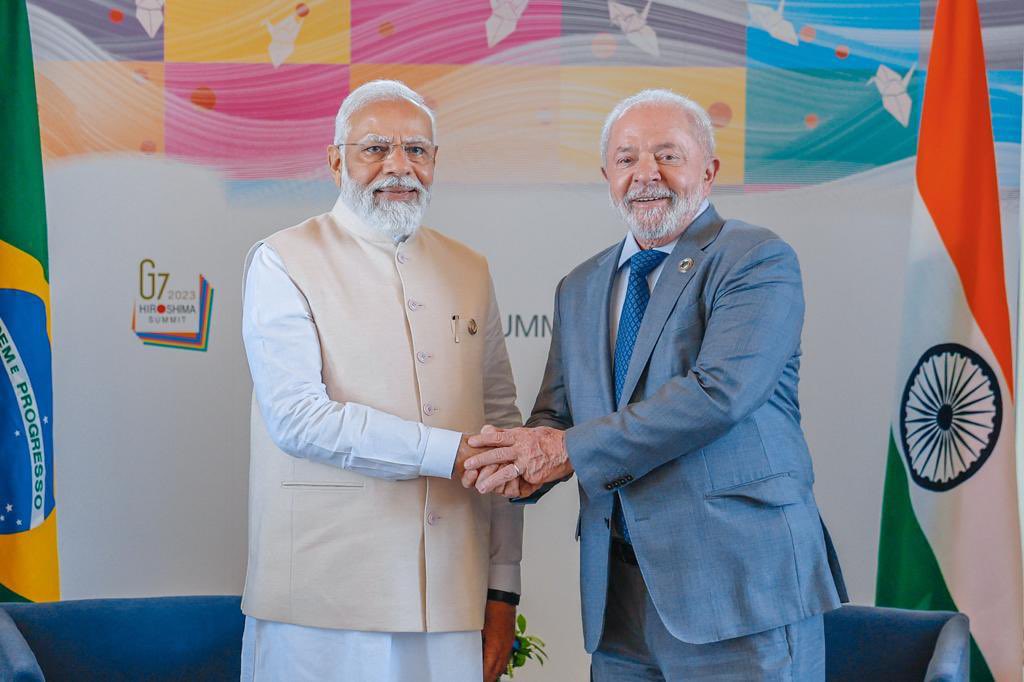

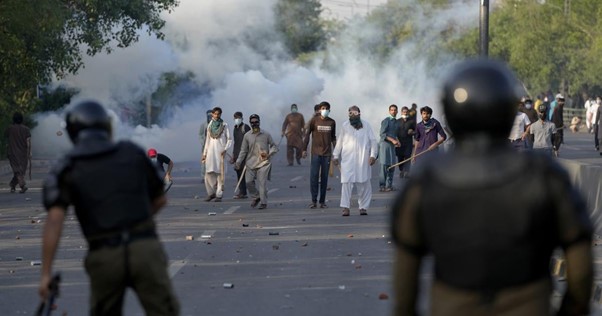




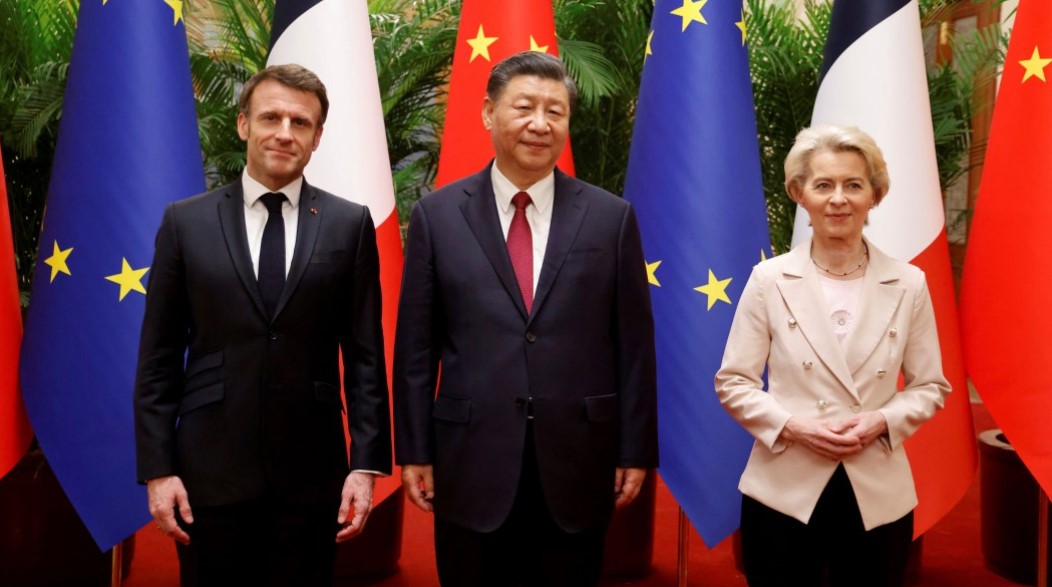
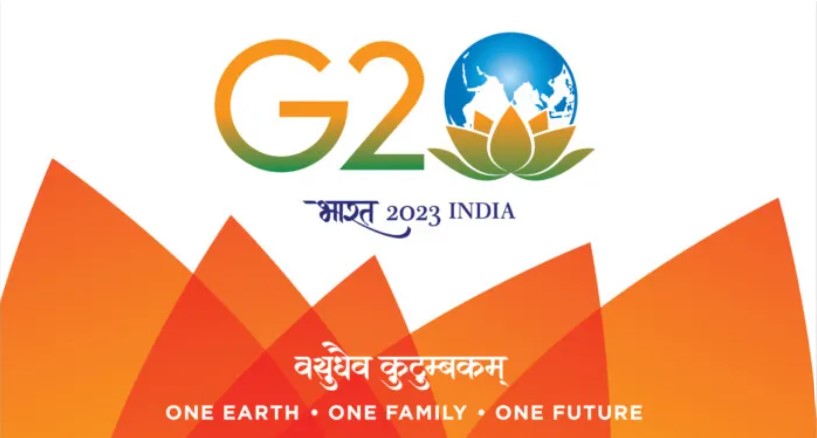






POST COMMENTS (0)